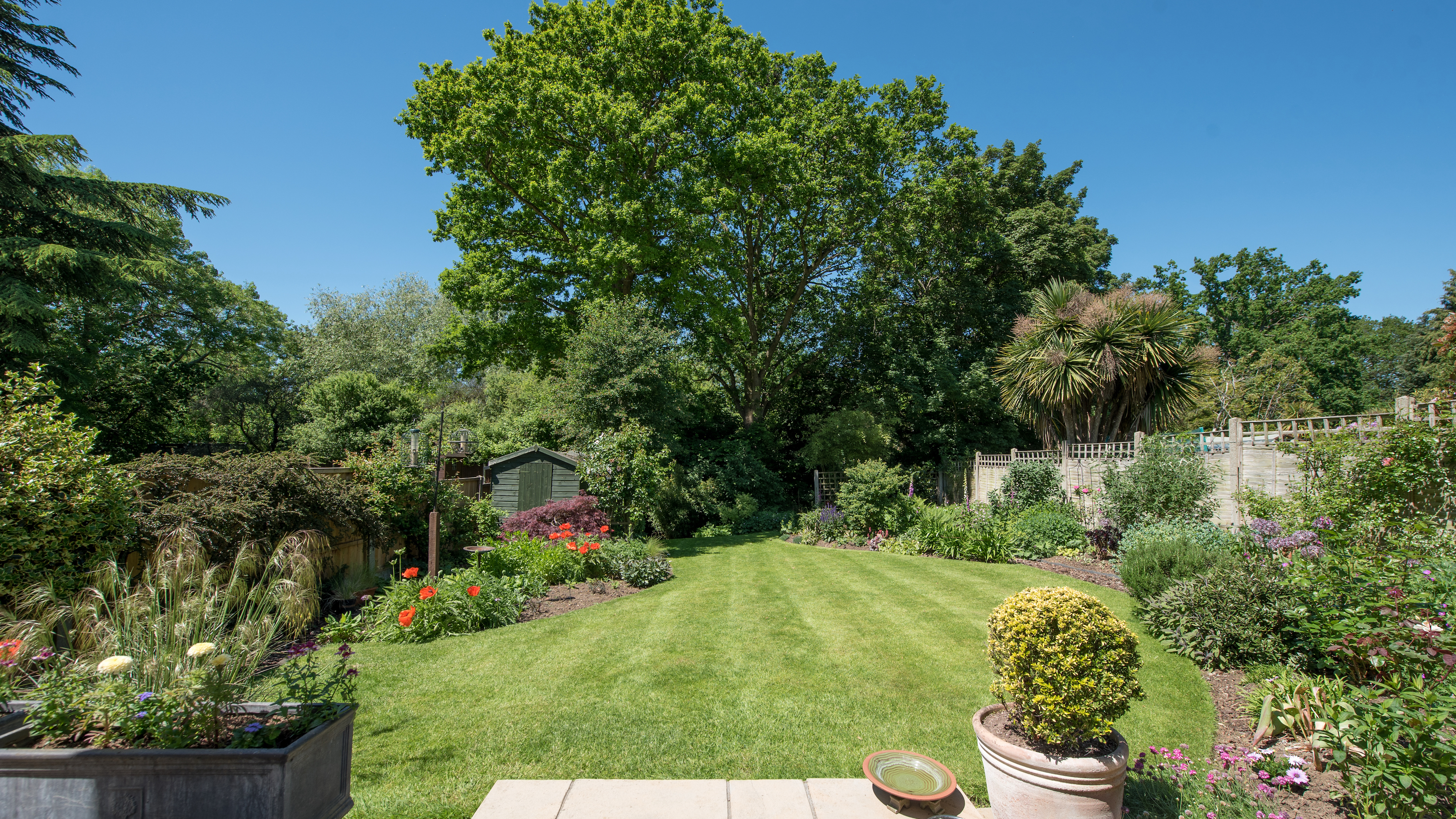The thing you shouldn’t do to your neighbour’s tree roots — even if they cross your garden boundary
You have rights if a neighbour’s tree roots are in your garden, but there are constraints on what you can do that you must know about

You might assume that if your neighbour’s tree roots have reached your garden you can take action and cut them off. After all, if the roots have crossed the boundary, they are on your land.
But while it’s true that you do have a right to cut back the roots to the boundary between your garden and your neighbour’s, it is essential that you don’t just go ahead without understanding the law. Get it wrong and your actions could result in a claim against you or a large fine.
So you can stay on the right side of the law, we’re sharing expert advice here on what you shouldn’t do to your neighbour’s tree roots. But we’ll also let you know about the rights you can exercise when roots cause a nuisance.
What you shouldn’t do to a neighbour’s tree roots
The number one thing you shouldn’t do to your neighbour’s tree roots is just start cutting them because they are in your garden. Do so and there could be expensive and unpleasant consequences.
Below, you can find the details on what you have the legal right to do, what you need to check before you go ahead, and your responsibilities, too.
Your right to cut tree roots in your garden
If the roots from a neighbour’s tree are in your garden, you have a right to take action.
“You have a common law right to remove tree roots that encroach onto your property, provided you do so from your side of the boundary,” explains Jack Bassett, consultant litigation solicitor at Setfords. “However, you must exercise reasonable care to avoid causing unnecessary damage to the tree.”
Bring your dream home to life with expert advice, how to guides and design inspiration. Sign up for our newsletter and get two free tickets to a Homebuilding & Renovating Show near you.
Keep in mind that you are not allowed to prune beyond your boundary so it’s vital to confirm where this is.

Jack Bassett is a consultant litigation solicitor at Setfords specialising in property and commercial disputes, with particular expertise in neighbour boundary issues, nuisance claims, and litigation involving land and property rights. He advises clients ranging from homeowners to property developers on resolving complex disputes pragmatically and cost-effectively.
How can a tree be damaged by root cutting?
It’s crucial to be aware that pruning the roots of a tree can damage it.
“Cutting structural roots can compromise the stability of the tree, especially during storms,” explains Simon Rotheram, qualified arboriculturist and director of Beechwood Trees & Landscapes. “It can also reduce the tree’s access to water and nutrients, increasing stress and making it more vulnerable to disease.
“In some cases, the tree might survive but become unstable. In others, it could decline rapidly or even die,” he adds.
Getting professional advice first is strongly advisable. “Before touching any tree roots, you should consult a qualified arboriculturist,” says Simon.

With over 25 years of hands-on experience, qualified arboriculturist Simon Rotheram is the founder and managing director of Beechwood Trees & Landscapes. He has built the company from the ground up into a nationally recognised leader in tree surgery and vegetation management. His deep industry knowledge, combined with a long-standing commitment to training and mentoring professionals, makes him highly qualified.
What happens if the tree falls over or dies?
If you were to cut the roots of a neighbour’s tree and cause damage, this could potentially have consequences for you.
“If your actions are negligent and result in foreseeable damage, such as the tree becoming unstable and falling, you could be liable for any resulting loss or damage,” says Jack Bassett.
And Jack reinforces Simon Rotheram’s advice: “It’s advisable to seek expert arboricultural advice before carrying out significant root cutting.”
What should you check before cutting tree roots?
There are other factors that influence what you can do to a neighbour’s tree roots when they’ve grown into your garden.
“If the tree has a Tree Preservation Order (TPO), any work (including root pruning) requires written permission from the local authority. Failing to get approval can be a criminal offence,” explains Simon Rotheram.
Note, too, that trees in designated conservation areas are automatically protected. “Even if the tree doesn’t have a TPO, you’ll still need to notify the council,” he says.
Wildlife should also be considered. “Under the Wildlife and Countryside Act 1981, disturbing nesting birds, bats, or protected species (and their habitats) is illegal. Cutting roots without checking for these factors could land you in hot water,” Simon says.
Taking a cautious approach to the encroachment of neighbour’s tree roots can avoid legal troubles and preserve good relations. But don’t forget you’ll need to protect trees during building work in your own garden to keep them damage free.
Sarah is a freelance journalist and editor writing for websites, national newspapers, and magazines. She’s spent most of her journalistic career specialising in homes.
She loves testing the latest home appliances and products, and investigating the benefits, costs and practicalities of home improvement. She is an experienced renovator and is currently remodelling the ground floor of her new home.
She was Executive Editor of Ideal Home and has worked for Your Home and Homes & Ideas. Her work has published by numerous titles, including The Guardian, channel4.com, Houzz, Grand Designs, Homes & Gardens, House Beautiful, Homes & Antiques, Real Homes, The English Home, Period Living, Beautiful Kitchens, Good Homes and Country Homes & Interiors.
